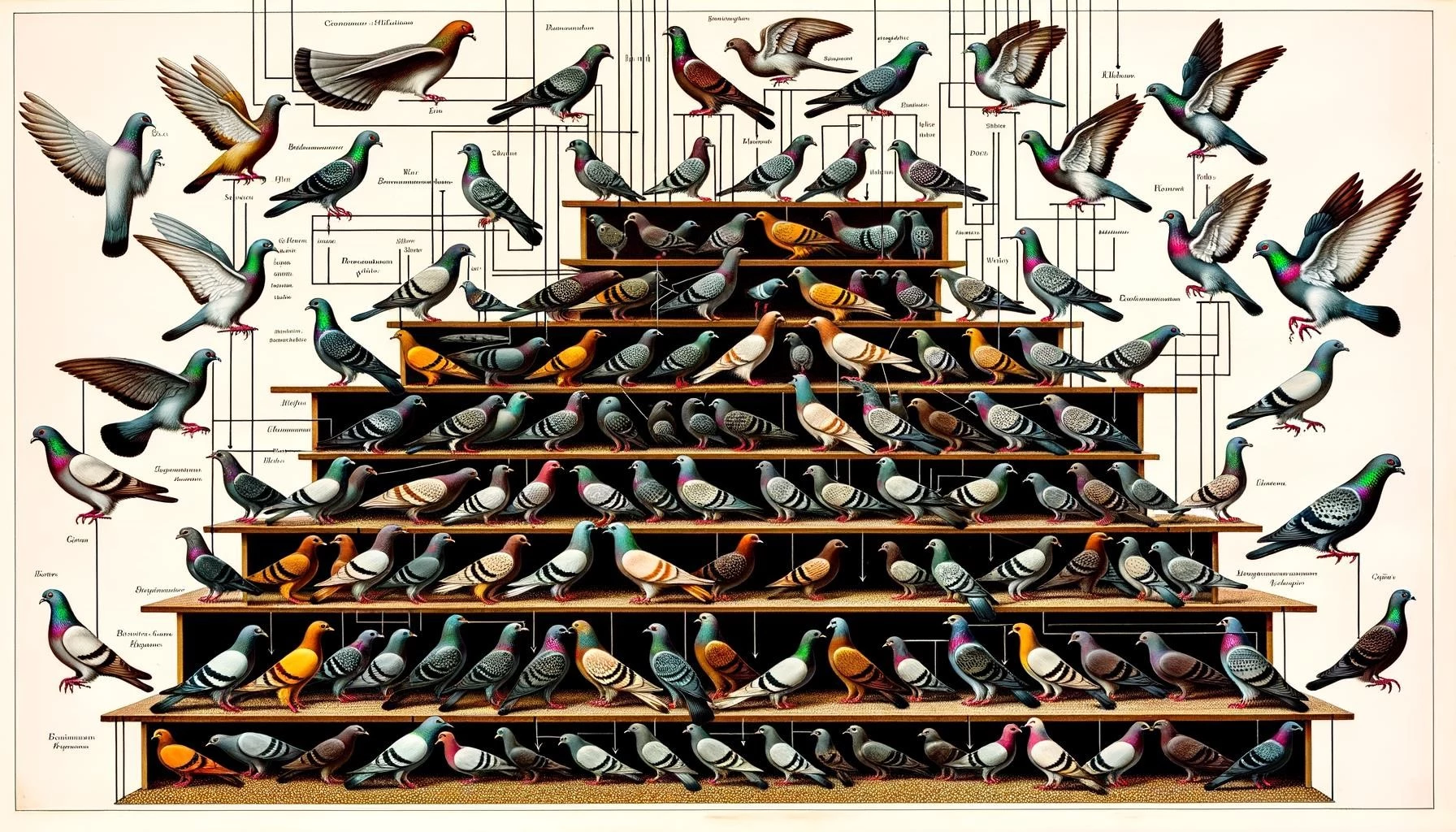Pigeons, like many other animals, exhibit a well-defined social hierarchy that influences their behavior. Dominant pigeons have priority access to resources such as food and mates, while subordinate pigeons have to wait their turn. Understanding the social dynamics and hierarchical structure of pigeon flocks can provide valuable insights into their behavior and interactions.
Key Takeaways
- Pigeons have a clear social hierarchy, with dominant individuals having priority access to resources.
- Researchers have found that attaching small weights to pigeons can cause changes in their social status within the hierarchy.
- Pigeons use vocalizations and aggressive displays to establish and maintain their social status within the flock.
Establishing the Hierarchy
In a pigeon flock, a clear social hierarchy exists, with larger birds typically occupying the top positions and smaller birds at the bottom. This hierarchy determines the order in which pigeons receive food and water, with those at the top getting priority access. This pecking order is established through aggressive displays and physical confrontations, which can escalate if necessary.
Researchers have found that pigeons establish and maintain their social status through various behaviors, including vocalizations and physical interactions. Dominant pigeons often exhibit more assertive behaviors and tend to win in agonistic encounters. Vocalizations, such as cooing and grunting, also play a crucial role in establishing and maintaining the social hierarchy in pigeon flocks.
Effect of Weight on Social Status
Scientists have conducted experiments where they attached small weights to pigeons to investigate the effect on their social hierarchy. Surprisingly, they found that attaching weights to pigeons led to changes in their social status within the flock.
Attaching small weights to pigeons caused them to shoot up in the social hierarchy, allowing them to gain higher social status and access to resources. This finding is significant because scientists often attach trackers to pigeons for research purposes. It suggests that the presence of attached devices might affect the social dynamics within pigeon flocks and bias the results of studies that rely on these devices.
Implications and Future Research
The study of pigeon social hierarchy provides valuable insights into the behavior and interactions of these birds. Understanding the factors that influence social status within a flock can help researchers better comprehend collective behaviors and decision-making processes in other social animals as well.
Further research is needed to investigate the specific mechanisms through which pigeons establish and maintain their social hierarchy. By studying the social dynamics of pigeons, researchers can gain a deeper understanding of how hierarchies form and evolve in social animals, which may have broader implications for the study of animal behavior and social organization.









